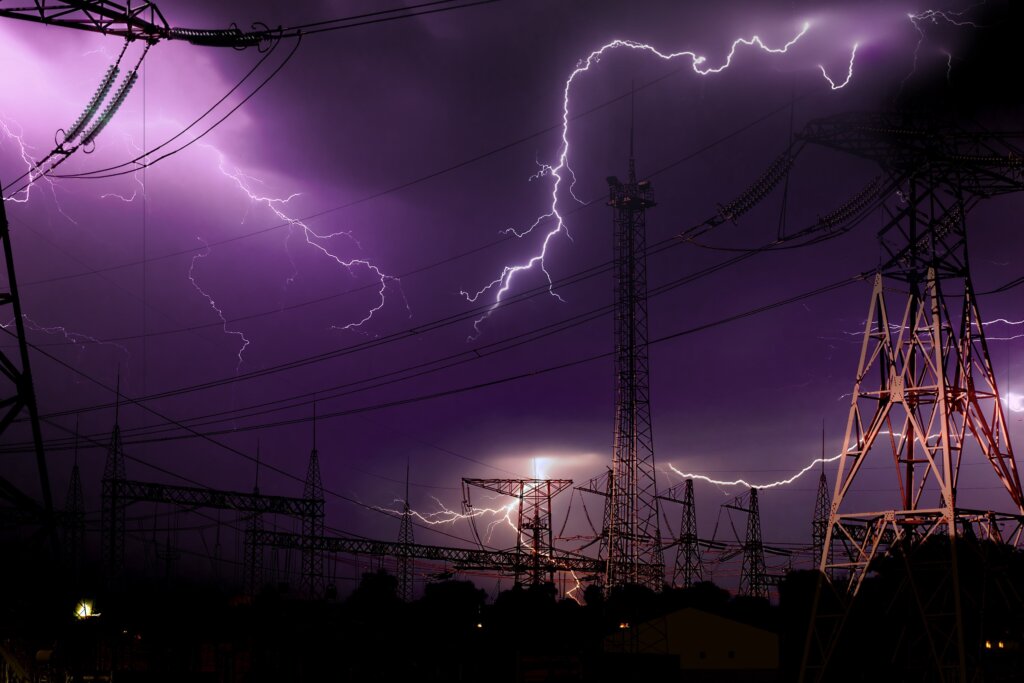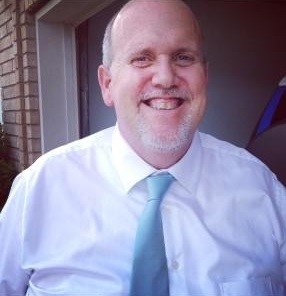
When manual load shedding is necessary
This is the third article in a three-part series on manual load shedding and its criticality to the preservation of reliability for the North American bulk power system during times of duress. The first article was published in August and the second article in December of 2021.
In the first two articles of this series, “why” load shedding is a necessary action and “how” load shedding is accomplished was described. The conditions that lead to load shedding, or “when” load shedding is necessary, will be discussed in more detail in this final article. The previous articles also described the two primary precursors for load shedding – one being local in nature (specific concerns regarding components of the Bulk Electric System (BES)), and the other being Balancing Authority (BA)-wide concerns of supply and demand across the entire BA footprint.
Local requirements to shed load generally involve an operational situation where equipment is overloaded (subjected to more demand than its rated value), or has the potential to be overloaded and is at risk of being permanently damaged if the situation continues or a contingency occurs. Many factors can lead to this type of load shedding, including local weather impacts, tornados, hurricanes and wild fires, along with forced outages of various BES equipment that affect power flow. System operators make load shedding decisions to protect the system from long-term impacts due to possible equipment failures from outages that last days and weeks, as opposed to typically shorter load shedding durations to protect against equipment damage. There are also system conditions that may occur where proactively shedding a small amount of load protects against shedding a larger amount of load in the event of a system contingency. While there is potential that load shedding can be rotated in these circumstances, there may be situations where this is not possible given the localized nature of the problem. Some operational situations can have very specific load areas that need to be out of service for an extended period until system conditions improve.
The more broad BA-wide need for load shedding can also be driven by weather and would typically be a weather event that affects the majority of, or the entire, BA footprint. Weather events can affect large geographic areas with above or below average temperatures for prolonged periods of time, and extreme weather events like winter storms or heat waves with droughts can create more wide-spread generation and BES transmission outages. Generally, manual load shedding can be rotated in these situations; however, extreme events may dictate the need to shed large amounts of load quickly and the protection of critical loads (hospitals, first responders, etc.) may not allow the opportunity for rotation. This scenario was exercised most recently by two entities in the MRO region during the February 2021 Cold Weather Event. More information can be found on the sequence of events in the following reports: A Comprehensive Review of Southwest Power Pool’s Response to the February 2021 Winter Storm and The February Arctic Event.
The BES is one of the most complex systems in existence. System operators are trained to manage multiple challenges simultaneously and must make real-time decisions to protect reliability “when” system conditions dictate. Load shedding is not an action that any organization or system operator takes lightly (emphasis added). It is a last resort and only used to protect the overall bulk power system, maintain system stability, and prevent a large scale, cascading outage.
– Reliability Advisory Council Members Dick Pursley, Great River Energy, CJ Brown, Southwest Power Pool, and John Stephens, City Utilities of Springfield
About the Authors:

C.J Brown, Southwest Power Pool
C.J. Brown received his bachelor of science in applied mathematics/economics from the University of Central Arkansas in 2000 and was NERC Reliability Coordinator certified in 2007. He has been with Southwest Power Pool (SPP) since 2006 and is currently the director of system operations at SPP. His responsibilities include oversight of the SPP real time operations for tariff administration, markets, balancing authority and reliability coordination functions in the Eastern and Western interconnections. He has over 20 years of experience in the electric utility industry with roles in generation, power marketing, market monitoring and system operations.

Dick Pursley, Great River Energy
Dick Pursley is the Director, Operations and Transmission Services at Great River Energy, where he has oversight of control center operations and support, along with substation and transmission line construction and maintenance activities. Pursley has worked in the electric utility industry for 31 years, the last 21 of which have been with Great River Energy in the utility operations area. He has served on several NERC and MRO organizational groups and is an active member of the NERC Event Analysis Subcommittee and MRO’s Reliability Advisory Council. Pursley earned his BS in electrical engineering and MS in agricultural engineering from the University of Minnesota.

John Stephens, City Utilities of Springfield
John Stephens has been the Director, Power System Control at City Utilities of Springfield for 24 years. He is responsible for real-time Transmission Operations and has experience in wholesale power market transactions, open access transmission policy, and NERC compliance. Stephens has been an active participant on many SPP organizational groups and also serves on NERC and MRO working groups and committees, including the NERC Reliability Issues Steering Committee, NERC Reliability and Security Technical Committee, and MRO Reliability Advisory Council. Stephens is a registered Professional Engineer in the state of Missouri and holds a BSEE from Rose-Hulman Institute of Technology. He earned his MSEE from Clemson University.
DISCLAIMER
MRO is committed to providing non-binding guidance to industry stakeholders on important industry topics. Subject matter experts from MRO’s organizational groups have authored some of the articles in this publication, and the opinion and views expressed in these articles are those of the author(s) and do not necessarily represent the opinions and views of MRO.